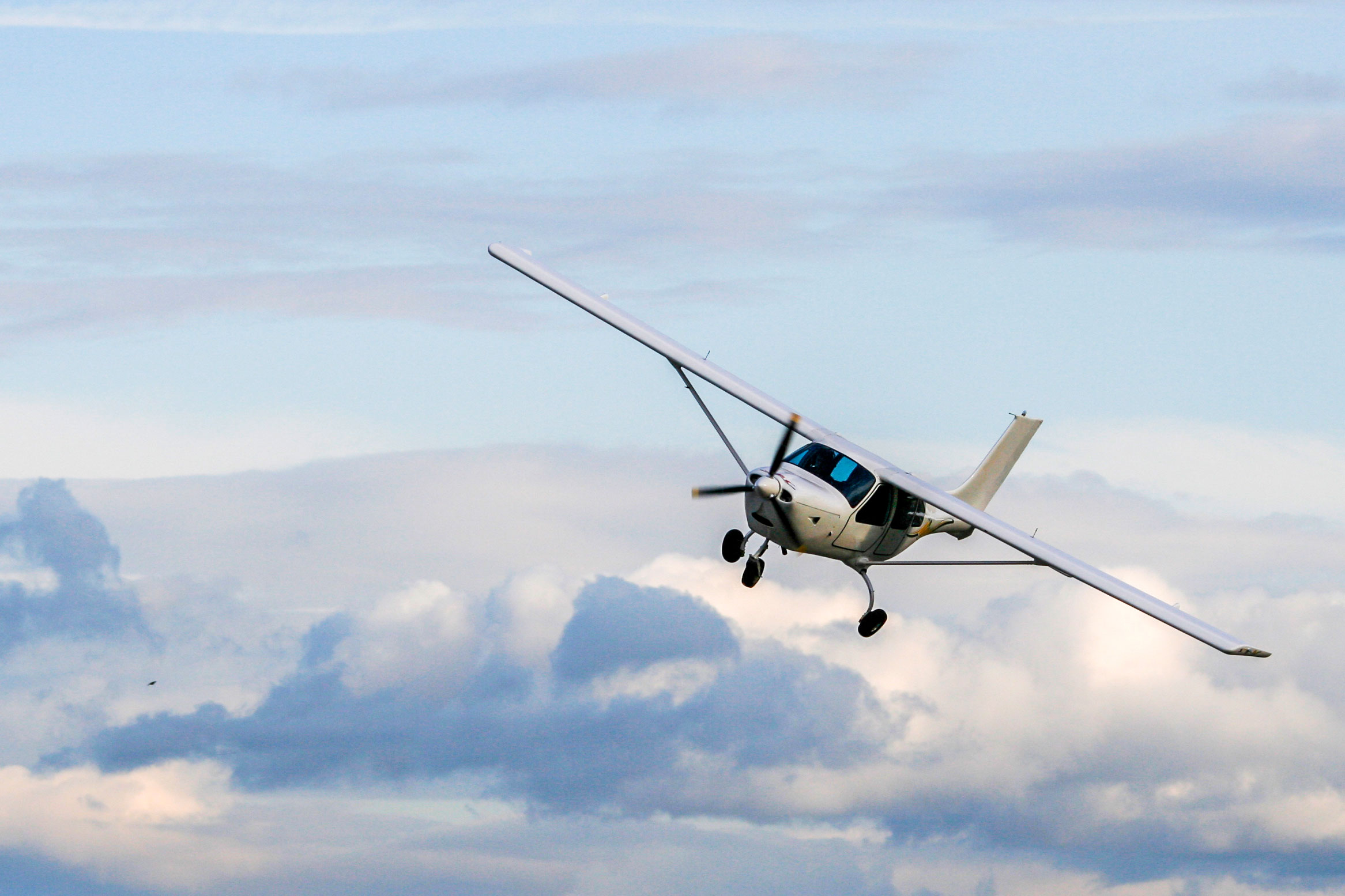
In the Environmental Debate, Business Aviation Has a Good Story To Tell
As the people in the business aviation community know, the industry has long led the way in promoting advances aimed at reducing the its environmental footprint.
While aviation emissions are only a tiny fraction of all transportation emissions, and business aircraft emissions are a small portion of those, the industry has continually leveraged technology to minimize emissions, while improving safety and efficiency.
For example, two decades ago, the industry developed winglets for general aviation aircraft, which optimize aircraft performance and flight range, and contribute to a more efficient fuel burn, thereby reducing emissions. This equipment is now in place on a large number of general aviation aircraft.
In addition, the industry continues to reduce engine emissions by applying new technologies, which means that today’s aircraft engines are cleaner, quieter and more fuel-efficient than ever.
Operational improvements advanced by business aviation also have resulted in national airspace system efficiencies that help the environment. NBAA members began equipping aircraft, at their own cost, with cockpit technology allowing for reduced vertical separation minimums (RVSM), effectively doubling the system’s airspace capacity.
Also, business aviation was at the forefront of the development of automatic dependent surveillance-broadcast (ADS-B) – considered the cornerstone for air traffic control system modernization and capacity expansion, because it allows for optimal efficiencies in routing, approaches and other uses of the aviation system.
NBAA members also supported the development of required navigation performance (RNP) and special aircraft and aircrew requirements (SAAR), which also produces efficiencies by enabling operators to custom-tailor flight paths, thereby minimizing fuel burn and noise, while preserving operational safety.
In spite of this impressive record on reducing emissions, NBAA and the industry will continue working to minimize the environmental impact of business aviation by supporting continuing advances in technology for aircraft and operations, as well as reasonable and balanced policies that support the industry’s twin goals of promoting the mobility and growth of business aviation while minimizing its environmental footprint.


 International Business Aviation Council Ltd.
International Business Aviation Council Ltd.